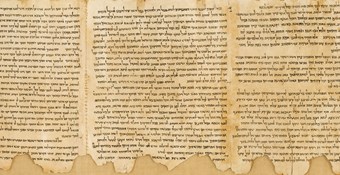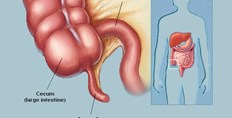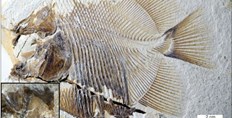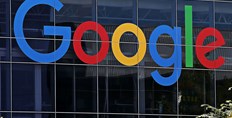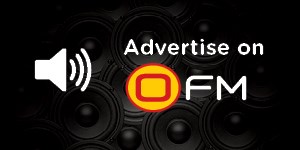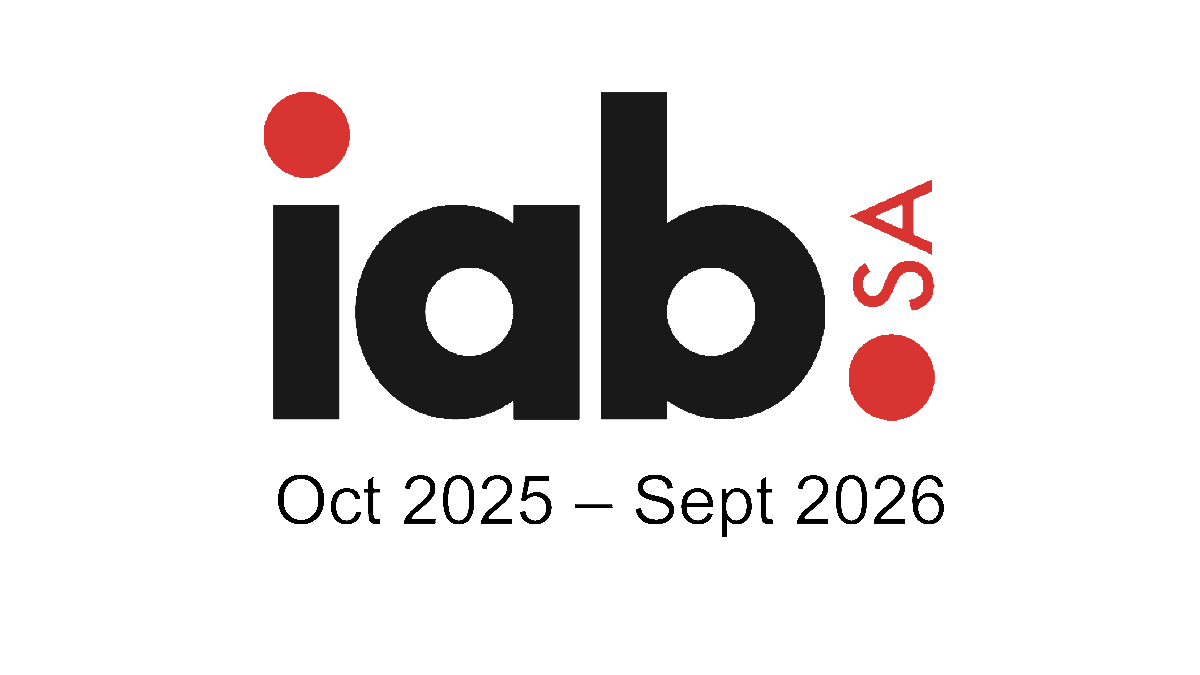Off-Beat-News
How to lose weight and keep it off─── 12:19 Mon, 22 Sep 2014
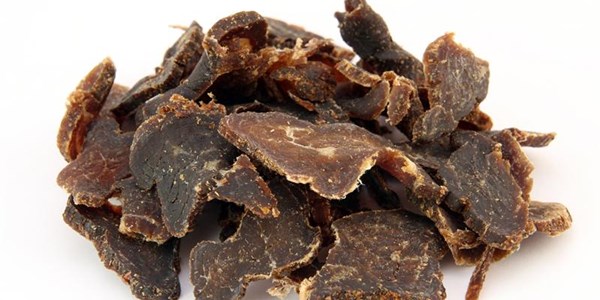
Summer is practically here and the chance that you'll want to take a dip on a hot summer afternoon is very likely, especially with the temperatures already in their 30's.
The trend today in diets is low-carb, high protein/fat. Oversimplified it basically boils down to your body using its own fat for energy, when your body goes into ketosis, resulting in weight loss.

Atkins: Low carb/high protein
Here's how it works (in a nutshell):You eat a bit more protein—think chicken, fish, shellfish, pork, beef, and tofu; more olive oil, butter, avocado, and other delectable fats that give food flavor; and lots of leafy greens and other vegetables.
You initially hold off on higher-carb vegetables, as well as fruit and whole grains.
You omit starchy, sugary carbohydrate foods low in nutrients, such as bagels and sweetened breakfast cereals.
The diet consists of four phases. The first phase, induction, is where you lose weight fast. It is, however, important to stick to the prescribed foods if you want to lose weight. If you're going to cheat during this phase, don't be surprised if you add more weight. The allowed carbs in this phase is 20gram and should consist of veggies. Read the Atkins book if you think you'll be able to do this.
During the second and third phase you introduce certain fruits and grains.
Source: Atkins.com

Tim Noakes: Low carb/high fat
Tim Noakes' high-fat, low carb diet (Banting) has created more than a stir among professionals and the public, but there's no denying that it's worked for him since he is predisposed to develop adult-onset diabetes - what is known as “carbohydrate resistant” (CR) and hence “pre-diabetic”.
According to Prof Noakes, those who are profoundly carbohydrate resistant (as he is) must restrict carbohydrates as much as possible to delay the onset of type 2 diabetes for as long as possible and hopefully forever.
He finds it easiest to simply remove these foods from his diet. Those with lesser degrees of CR (and carbohydrate addiction) will not need to be as restrictive as much.
- Sugar (Must be completely removed from your diet)
- All sugary drinks including cola drinks and sweetened fruit juices
- Bread
- Rice
- Pasta
- Potatoes
- Porridge
- Breakfast cereals
- Some high energy fruits like bananas
- All confectionary – cakes and sweets
- Desserts containing sugar and carbohydrates
- Artificial sweeteners and products containing these products (like “diet” colas)
- Vegetable oils containing high concentrations of omega 6 fatty acids
He also warns everyone to be very wary of so-called “low-fat” “healthy” options, yoghurt especially, since these are laden with sugar and so are less healthy than are the full fat options.
In fact one needs to check the sugar contents of all the foods that one eats. It is astonishing how many contain hidden sugar (which is of course there for a very good reason – for it is addictive, driving the overconsumption of the foodstuffs into which it is added).
- Eggs – from free range hens
- Fish – an excellent source of omega 3 fatty acids
- Meat – not processed and preferably from sources that are organically raised eating grass. This group includes biltong, preferably game or ostrich.
- Dairy Produce – milk, cheese and yoghurt – all full cream and from organically fed cows.
- Vegetables – mainly leafy, low carbohydrate sources like lettuce but also including broccoli, tomatoes, mushrooms, onions, avocado and many others. The choice is based on their nutrient value and their low carbohydrate content.
- Nuts – especially macadamias, walnuts and almonds but specifically excluding the non-nuts, peanuts and cashews which are high in carbohydrates.
- Fruits – only those which have a lower carbohydrate content like berries and apples.
- Water, tea and coffee (all unsweetened)!
Source: Health24.com

Paleo Diet
The Paleo Diet is an effort to eat like we used to back in the day... WAY back in the day. If a caveman couldn’t eat it, neither can you.This means anything we could hunt or find – meats, fish, nuts, leafy greens, regional veggies, and seeds. Sorry, the pasta, cereal, and candy will have to go!
Okay, so if we cut out the grains, almost all processed foods, and dairy, you’re left with only things that occur naturally:
Meat - GRASS-FED, not grain-fed. Grain causes the same problem in animals as they do in humans.Fowl - Chicken, duck, hen, turkey…things with wings that (try to) fly.
Fish - Wild fish, as mercury and other toxins can be an issue in farmed fish
Eggs - Look for Omega-3 enriched eggs.
Vegetables - As long as they’re not deep-fried, eat as many as you want.
Oils - Olive oil, coconut oil, avocado oil – think natural.
Fruits - Have natural sugar, and can be higher in calories, so limit if you’re trying to lose weight.
Nuts - High in calories, so they’re good for a snack, but don’t eat bags and bags of them.
Tubers - Sweet potatoes and yams. They’re higher in calories and carbs, so these are good for right after a workout to replenish your glycogen levels.
Source: Nerdfitness.com
Pros of these diets:
You lose weight quickly.If you stick to this lifestyle you'll keep the weight off.
Cons:
It's more expensive than other diets.Being creative with meals can prove to be a challenge.
Happy dieting!

